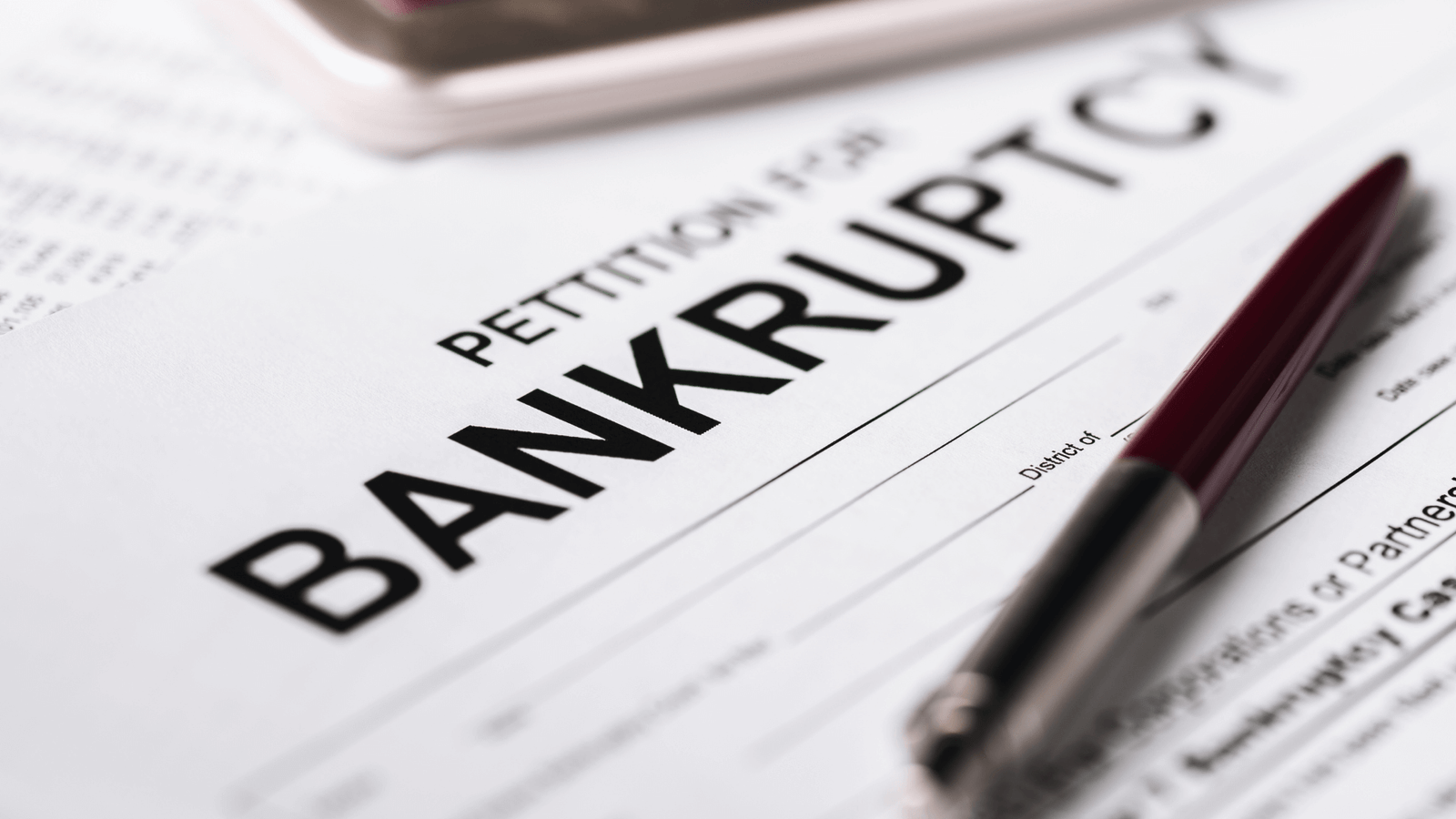Personal bankruptcy filings hit 400,000 to 800,000 each year. That means steady demand for bankruptcy lawyers. But more firms compete for these clients now. You need smart strategies to stand out.
Most people facing bankruptcy feel scared and overwhelmed. They search online first. They read reviews. They compare options carefully before calling anyone. They want lawyers who understand their stress and can guide them through the process.
Business owners need different help. They want lawyers who know their industry. They look for proven results with similar cases. Commercial bankruptcy involves higher stakes and more complex legal issues.
The good news is that bankruptcy clients actively search for help. Unlike other legal areas where people avoid lawyers, bankruptcy clients know they need professional assistance. This makes marketing to them more straightforward when done right.
Build Your Online Presence

Your website is everything. Most clients visit it before they call. A bad website loses clients. A good one converts visitors into calls.
You need clear descriptions of what you do. Show your experience with bankruptcy cases. Include client reviews and testimonials. Make it easy to contact you. Put your phone number prominently on every page.
Your site must work on phones. Many people search on mobile. A slow or broken mobile site kills your chances. Test your site on different devices regularly.
Get found on Google. Claim your Google Business Profile. Keep your contact info the same everywhere online. Ask happy clients to leave reviews. Respond to all reviews, both good and bad.
Write blog posts about bankruptcy questions. Answer what people actually ask. Cover topics like “What happens to my house in Chapter 7” and “Can I keep my car during bankruptcy.” This helps Google show your site to searchers.
Create separate pages for different bankruptcy chapters. Chapter 7 and Chapter 13 clients have different needs. Business bankruptcy requires its own content. Make it easy for people to find information relevant to their situation.
Include success stories and case studies. Show real results you’ve achieved for clients. People want proof you can help them too. Change names and details to protect privacy.
Add a FAQ section addressing common concerns. Most bankruptcy clients have similar questions. Answer them upfront to build trust and show expertise.
Network Locally for Referrals
Other professionals send great referrals. Financial advisors see clients with money problems. Accountants spot businesses in trouble. Real estate agents meet people facing foreclosure. Divorce lawyers encounter clients who need bankruptcy help.
Go to bar association meetings. Join the chamber of commerce. Attend industry events. Meet people who might refer clients to you. Show up consistently, not just when you need something.
Make referring easy. Give out business cards and brochures. Tell people exactly when to send clients your way. Create a simple referral guide explaining different bankruptcy situations.
Stay in touch with past clients. Send newsletters with legal updates. Connect on LinkedIn. They remember you when friends need help. Past clients often provide the best referrals because they know your work personally.
Develop relationships with bankruptcy trustees. They see many attorneys in action. Trustees remember lawyers who handle cases professionally and efficiently.
Consider joining referral groups where professionals meet regularly to exchange business. These groups work when members commit to attending and actively referring business to each other.
Use Digital Marketing That Works

Google Ads can bring qualified leads fast. Target searches like “bankruptcy lawyer” plus your city name. Focus on local keywords. Set up campaigns for both Chapter 7 and Chapter 13 bankruptcy.
Use social media smartly. LinkedIn reaches business owners who might need commercial bankruptcy help. Share articles about business financial management and economic trends affecting small businesses.
Facebook connects with individuals facing personal money troubles. Post helpful content about debt management and financial planning. Join local community groups where you can provide helpful advice.
Send monthly emails to your list. Share legal updates and success stories. Include helpful financial tips. Keep your name visible without being pushy about hiring you.
Create video content explaining bankruptcy basics. Many people prefer watching videos to reading long articles. Keep videos short and focused on specific topics.
Use retargeting ads to reach people who visited your website but didn’t contact you. Many potential clients need time to decide. Staying visible increases your chances when they’re ready to hire a lawyer.
Offer Free Consultations
People feel lost when facing bankruptcy. Free consultations remove barriers. They show you care about helping, not just making money. Most bankruptcy clients can’t afford large upfront fees anyway.
Host free seminars about bankruptcy and debt. These events prove your expertise. They give real value to people researching options. Partner with libraries, community centers, or financial planning groups to host events.
Create guides and checklists people can download. Answer common bankruptcy questions. Generate leads while actually helping people. Topics might include “Bankruptcy Checklist” or “What Documents You Need for Chapter 7.”
Offer phone consultations for people who can’t visit your office. Many potential bankruptcy clients work multiple jobs or lack transportation. Phone consultations remove these barriers.
Follow up with consultation attendees who don’t hire you immediately. Many people need time to make this difficult decision. Send helpful information and check in periodically without being pushy.
Focus on Service and Reviews

Great service creates positive reviews and referrals. Both matter huge for bankruptcy practices. Answer calls quickly. Return messages the same day. Keep clients updated during their cases. Follow up after you finish.
Ask satisfied clients to review you on Google and Avvo. Good reviews influence potential clients more than any ad. Make the review process easy by sending direct links.
Respond to bad reviews professionally. Show you care about fixing problems. This actually helps your reputation. Other potential clients see how you handle difficulties.
Create a client experience that reduces stress. Bankruptcy is already overwhelming. Smooth processes and clear communication make clients grateful and likely to refer others.
Send thank you notes after cases close. Include information about other services you provide. Many bankruptcy clients need help with related legal issues later.
Maintain high ethical standards. Bankruptcy law attracts some questionable practitioners. Standing out as honest and competent brings referrals from other lawyers and court personnel.
Partner with Credit Counselors
Credit counseling agencies work with people who often need bankruptcy later. Build relationships with these groups. Many credit counselors are honest about when bankruptcy is the better option.
Credit counselors know when their clients need legal help beyond what counseling provides. They refer people who need bankruptcy protection. These referrals are often high quality because the counselor has already established trust.
Offer to speak at counseling sessions. Provide educational materials. Be helpful, not salesy. Answer questions about how bankruptcy affects credit and what the process involves.
Some credit counseling agencies will let you sponsor educational materials or events. This keeps your name visible to people who might need bankruptcy help later.
Remember that credit counselors want what’s best for their clients. If you prove you provide good service, they’ll feel comfortable referring people to you.
Track Your Results

Measure which marketing brings the best clients. Use different phone numbers for different ads. Check your website stats. Ask new clients how they found you.
Watch key numbers like website visitors, how many become leads, and what each lead costs. This data shows where to spend your marketing money. Track which sources bring clients who actually hire you, not just initial contacts.
Review and change your strategies based on results. What worked last year might not work now. Stay flexible. The legal marketing landscape changes constantly.
Calculate the lifetime value of clients from different sources. Some marketing channels might cost more upfront but bring better long term clients who refer others.
Set up systems to track referrals back to their original sources. Knowing which networking events or relationships produce the most referrals helps you focus your time better.
Common Problems and Fixes
Many potential clients feel embarrassed about money troubles. They wait too long to get help. Show in your marketing that you understand financial stress. Emphasize confidentiality. Share stories about how bankruptcy helped people get fresh starts.
Cheap online services compete with real lawyers. You need to show your value clearly. Talk about your education and experience with complex cases. Explain why legal advice matters. Point out what happens when bankruptcy paperwork gets filed incorrectly.
The economy affects bankruptcy filings. Keep marketing even when business is slow. You want visibility when demand picks up again. Economic downturns eventually increase bankruptcy filings.
Some potential clients have unrealistic expectations about bankruptcy. They think it solves all financial problems instantly. Education through content marketing helps set proper expectations and attracts better clients.
Build Long Term Success

Getting clients consistently takes work across multiple areas. The best bankruptcy practices combine online marketing, networking, referrals, and excellent service. No single strategy works alone.
Build real relationships, not just quick cases. Lawyers who invest in their communities see better long term results. Reputation matters more in bankruptcy law than many other practice areas.
Stay current with bankruptcy law changes and new marketing methods. Both evolve constantly. Attend continuing education courses. Read industry publications. Join professional associations.
Consider specializing in specific types of bankruptcy cases. Business bankruptcy, medical debt, or student loan issues might differentiate your practice from general bankruptcy lawyers.
What This Means for Your Firm
Getting bankruptcy clients requires multiple approaches working together. You need digital marketing, networking, referral systems, and great client service. Each reinforces the others.
The bankruptcy market offers good opportunities for firms willing to do the work. Focus on building trust, showing expertise, and providing excellent service. People facing bankruptcy need lawyers they can trust during a difficult time.
Start with one or two strategies that fit your firm’s strengths and budget. Add more methods as you see results. Good marketing takes time to work. Stay consistent and patient as you build your practice.
Consider your local market when choosing strategies. Rural areas might respond better to networking and referrals. Urban markets might need more digital marketing. Adjust your approach based on where you practice.

